Let’s not forget the silent emergencies of the world
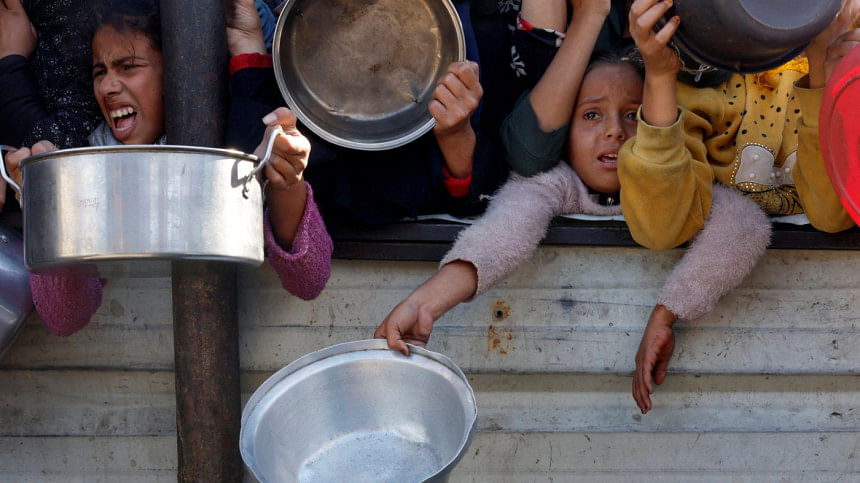
Today, the world is preoccupied with loud emergencies: Israel-Palestine war, Iran-Israel conflict, and Russia-Ukraine war. Political and diplomatic efforts are focused on these hotspots of global crisis. Attention is also being paid to the plight of refugees—120 million people have been uprooted from their homes due to war, conflict, violence, and the breakdown of law and order. On World Refugee Day, observed on June 20, the world expressed its solidarity with refugees and made pledges to move "beyond words, into action." These efforts are commendable.
But there is another emergency, silent yet deadly, knocking on the door of 13 global hotspots. Hunger and the looming threat of famine remain below the radar of global attention.
Currently, around 155 million people face the risk of acute food insecurity in 13 crisis-affected regions: Burkina Faso, Chad, the Democratic Republic of the Congo (DRC), the Gaza Strip, Haiti, Mali, Myanmar, Nigeria, Somalia, Sudan, South Sudan, Syria, and Yemen.
A few points are worth noting. First, eight of these 13 hunger hotspots are located in Africa. Second, in several of these African countries—Burkina Faso, Chad, the DRC, Somalia, and Sudan—hunger has been a chronic issue stretching far into the past, with occasional famines. Third, more than half of the 155 million at risk are concentrated in just three countries: Nigeria (31 million), the DRC (28 million), and Sudan (25 million). Fourth, the severity of food insecurity varies not only between countries but also across regions within them—from moderately acute to severely acute conditions, even bordering on famine. Finally, this food insecurity leads to nutritional insecurity, particularly among children.
Multiple factors trigger food insecurity. Armed conflict is the primary driver in 12 of the 13 hotspots. In all areas of highest concern, widespread and escalating violence is causing dramatic deterioration in food security. In some countries, such as Sudan, ongoing conflict combined with the approaching lean season may lead to famine-like conditions.
In Gaza, the risk of famine is increasing due to protracted military operations. Humanitarian efforts are constrained both by inadequate relief materials and inaccessibility to the most affected areas. In South Sudan, floods and macroeconomic challenges, combined with political tensions and subnational violence, are compounding the food crisis. Currency depreciation and macroeconomic instability have driven staple food prices five times higher than last year, eroding household purchasing power.
In Haiti, unprecedented levels of gang violence and mass displacement are obstructing humanitarian operations and exacerbating food insecurity, particularly in the capital. In Mali, ongoing conflict and limited humanitarian access in the north and central regions continue to disrupt food systems and hinder aid delivery.
Global economic fragility, rising debt burdens, geopolitical volatility, and trade disruptions are all deepening food insecurity in several of these hotspots. Conflicts in various parts of the world have further destabilised global food supply chains. In Sudan, the risk of partial economic collapse by 2025 has grown, resulting in high inflation that limits both food availability and access. In Palestine, soaring food prices and exhausted livelihoods are accelerating the collapse of household purchasing power.
In addition to conflict and economic turmoil, climate extremes and increasing variability are worsening the situation. While neutral El Niño Southern Oscillation (ENSO) conditions are forecast from June to October 2025, weather anomalies—floods, droughts, cyclones, and erratic rainfall—are expected to persist. In South Sudan, above-average rainfall raises flood risks, while in Haiti, an intense Atlantic hurricane season threatens food production and livelihoods.
Meanwhile, funding for food, emergency agriculture, and nutrition assistance has fallen critically short. The outlook for the remainder of 2025 is deeply constrained. The United Nations recently announced a drastic scaling back of its global humanitarian assistance plan. Last December, the UN appealed for $44 billion; that amount has now been slashed to $29 billion. With half the year gone, only $6 billion—just 13 percent of the original request—has been received.
The initial plan aimed to assist nearly 190 million people in over 70 countries. These unprecedented funding cuts have been driven in large part by massive reductions in foreign aid by the US, severely affecting the global humanitarian sector.
These shortfalls, compounded by severe access constraints, risk drastically reducing the delivery of food and nutrition support. Millions could be left without aid, worsening already dire conditions. Going forward, food assistance will have to be prioritised for the most urgent cases—directed quickly and effectively to where it is needed most.
Without immediate humanitarian action and coordinated international efforts to address access challenges and advocate for conflict de-escalation, starvation and death will continue across vulnerable regions. At the same time, investment in anticipatory action must continue. Proactive intervention saves lives, reduces food gaps, and protects livelihoods at significantly lower costs than delayed responses.
Brutal funding cuts are leaving policymakers with brutal choices. But humanitarian assistance must not be reduced. On the contrary, urgent support must be scaled up to boost emergency food production and ensure access across all hunger hotspots.
The world is being forced into a triage of human survival. But amid our obsession with loud emergencies, let us not forget the silent ones.
Selim Jahan is former director of the Human Development Report Office under the United Nations Development Programme (UNDP) and lead author of the Human Development Report.
Views expressed in this article are the author's own.
Follow The Daily Star Opinion on Facebook for the latest opinions, commentaries and analyses by experts and professionals. To contribute your article or letter to The Daily Star Opinion, see our guidelines for submission.

 For all latest news, follow The Daily Star's Google News channel.
For all latest news, follow The Daily Star's Google News channel. 

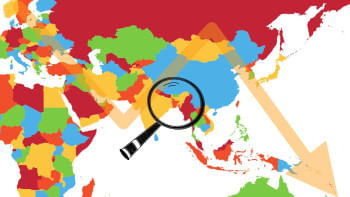


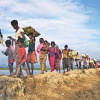

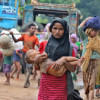

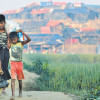

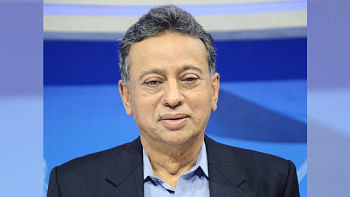
Comments